Watch more videos on complexity and emergence: https://bit.ly/3TxyQBmThe world works at different levels—fundamental physics, physics, chemistry, biology, ps…
Category: chemistry – Page 119
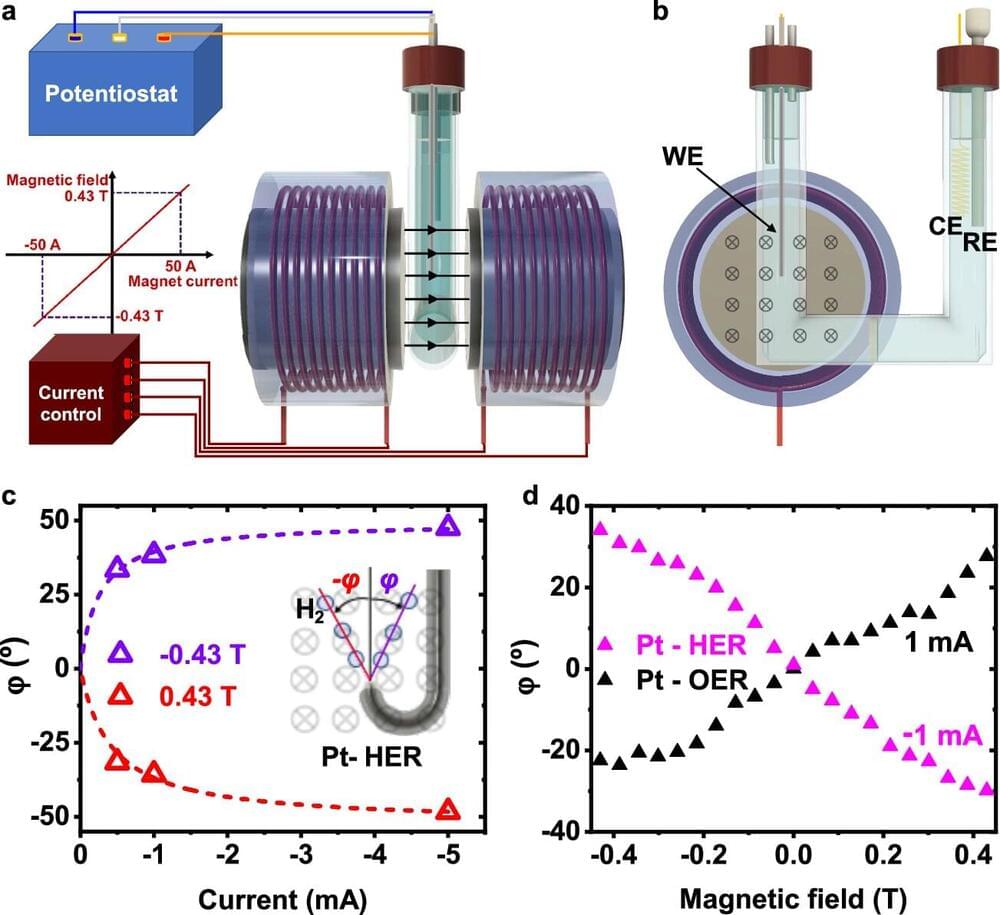
Study shows magnetic fields boosts electrocatalysis for sustainable fuel production
In an era where the quest for sustainable energy sources has become paramount, researchers are tirelessly exploring innovative avenues to enhance fuel production processes. One of the most important tools in converting chemical energy into electrical energy and vice versa is electrocatalysis, which is already used in various green-energy technologies.
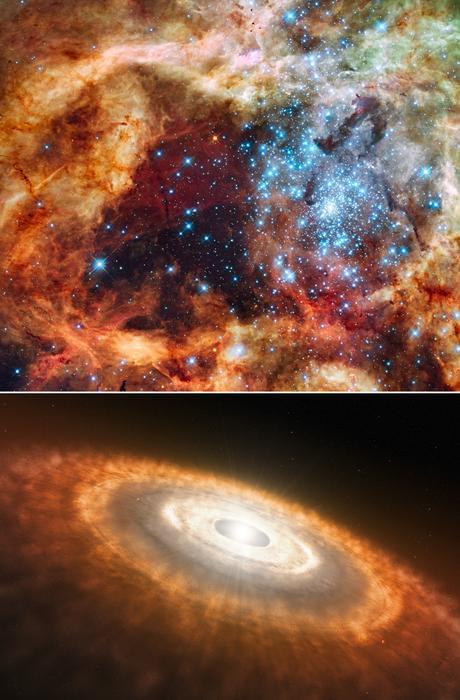
Unveiling the Universe: The ULLYSES Project
After three years of collecting scores of data on hundreds of stars, the ULLYSES (Ultraviolet Legacy Library of Young Stars as Essential Standards) survey conducted by NASA’s Hubble Space Telescope officially ended in December 2023, culminating in 220 total stars examined during the survey on data regarding their size, distance from Earth, temperature, chemical characteristics, and rotational speed. Additionally, ULYYSES also contains another 275 stars from the Hubble archive, providing researchers with several decades of new stellar data and holds the potential to help astronomers gain new insights into stellar formation and evolution throughout the universe.
Hubble image of a star-forming region known as the Tarantula Nebula, which contains massive, young blue stars, which was observed during the ULYYSES survey (top panel). Artist’s illustration of a cooler, redder, young star smaller than our Sun that is still gathering material from its planet-forming disk (bottom panel). (Credit: NASA, ESA, STScI, Francesco Paresce (INAF-IASF Bologna), Robert O’Connell (UVA), SOC-WFC3, ESO)
“I believe the ULLYSES project will be transformative, impacting overall astrophysics – from exoplanets, to the effects of massive stars on galaxy evolution, to understanding the earliest stages of the evolving universe,” said Dr. Julia Roman-Duval, who is Implementation Team Lead for ULLYSES and an Associate Astronomer at the Space Telescope Science Institute (STScI). “Aside from the specific goals of the program, the stellar data can also be used in fields of astrophysics in ways we can’t yet imagine.”
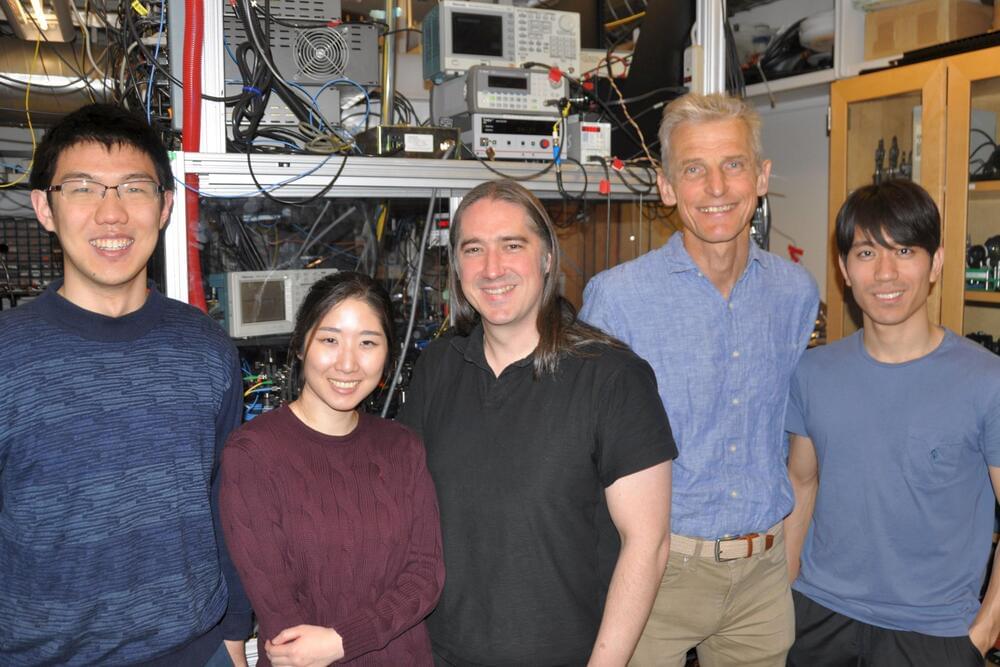
Physicists steer chemical reactions by magnetic fields and quantum interference
Physicists in the MIT-Harvard Center for Ultracold Atoms (CUA) have developed a new approach to control the outcome of chemical reactions. This is traditionally done using temperature and chemical catalysts, or more recently with external fields (electric or magnetic fields, or laser beams).
MIT CUA physicists have now added a new twist to this: They have used minute changes in a magnetic field to make subtle changes to the quantum mechanical wavefunction of the colliding particles during the chemical reaction. They show how this technique can steer reactions to a different outcome: enhancing or suppressing reactions.
This was only possible by working at ultralow temperatures at a millionth of a degree above absolute zero, where collisions and chemical reactions occur in single quantum states. Their research was published in Science on March 4.

Electro-Fenton Magic Makes Methane the New Eco Fuel Hero
A team from the Dalian Institute of Chemical Physics made a breakthrough in converting methane to formic acid using oxygen at room temperature through a high-pressure electro-Fenton process, achieving significantly higher efficiency and productivity than traditional methods.
Direct conversion of methane (CH4) and oxygen (O2) to value-added chemicals is important for natural gas industries. However, challenges remain due to the difficulty of O2 activation in forming active oxygen species for CH4 activation under mild conditions.
Recently, a research group led by Prof. Dehui Deng, Assoc. Prof. Xiaoju Cui and Liang Yu from the Dalian Institute of Chemical Physics (DICP) of the Chinese Academy of Sciences (CAS) realized the electrochemical conversion of CH4 by O2 to formic acid (HCOOH) at room temperature. This study was published in the Journal of the American Chemical Society.
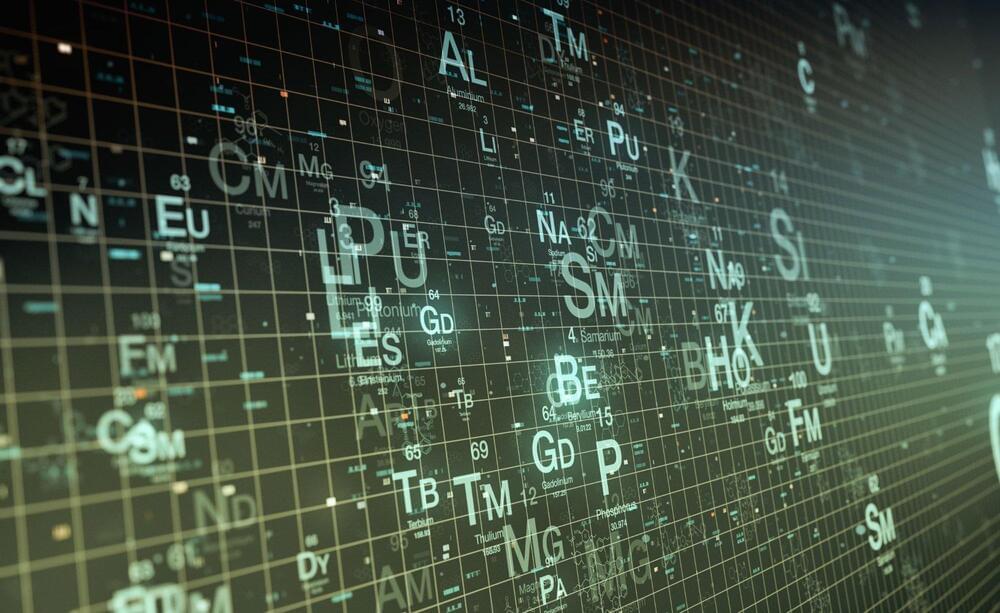
Pushing the Limit of the Periodic Table — “Superheavy” Elements Challenge Theory
Scientists from leading global institutions are advancing our understanding of the periodic table by exploring superheavy elements and the theoretical “island of stability.” Their research, highlighted in prestigious scientific publications, seeks to uncover the properties of elements with over 103 protons and to predict their behavior through theoretical models. This work promises to expand the boundaries of the periodic table and impact a range of scientific fields.
Scientists from Massey University in New Zealand, the University of Mainz in Germany, Sorbonne University in France, and the Facility for Rare Isotope Beams (FRIB) discuss the limit of the periodic table and revising the concept of the “island of stability” with recent advances in superheavy element research. Their work is the cover feature of the February 2024 Nature Review Physics.
In addition to the Nature Reviews Physics feature, Physics Reports published a review on the atomic electronic structure theory for superheavy elements.

This drug-delivering contact lens will heal corneal wounds faster
Conventionally, corneal abrasion patients wear a clear, oxygen-permeable bandage contact lens for seven to 10 days but this treatment does not ensure the drug remains in the eye for sustained treatment, according to a statement by the University of Waterloo.
This new lens material was developed with the ambition to address the limitations of current methods for treating corneal abrasions. The contact lens material is derived from gelatin methacrylate, a collagen by-product. Collagen is a protein naturally found in the eye and is involved in the wound-healing process but it’s too soft and weak to perform as an appropriate contact lens material.
Dr. Evelyn Yim, an associate professor of chemical engineering at the University of Waterloo, found a way to transform gelatin methacrylate into a biomaterial ten times stronger than collagen, the statement revealed.
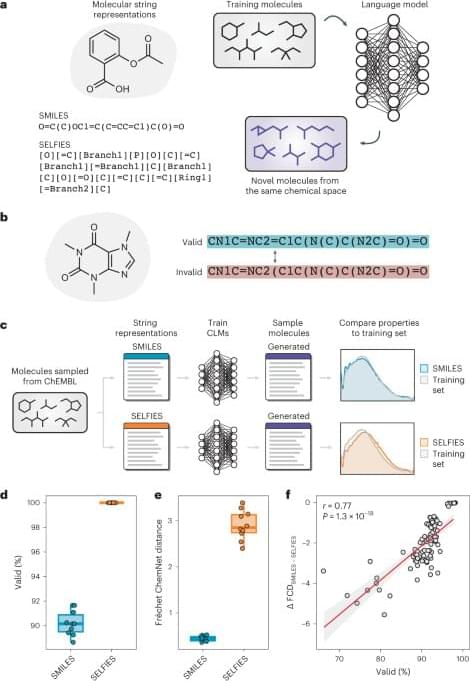
Invalid SMILES are beneficial rather than detrimental to chemical language models
Generative models for chemical structures are often trained to create output in the common SMILES notation. Michael Skinnider shows that training models with the goal of avoiding the generation of incorrect SMILES strings is detrimental to learning other chemical properties and that allowing models to generate incorrect molecules, which can be easily removed post hoc, leads to better performing models.
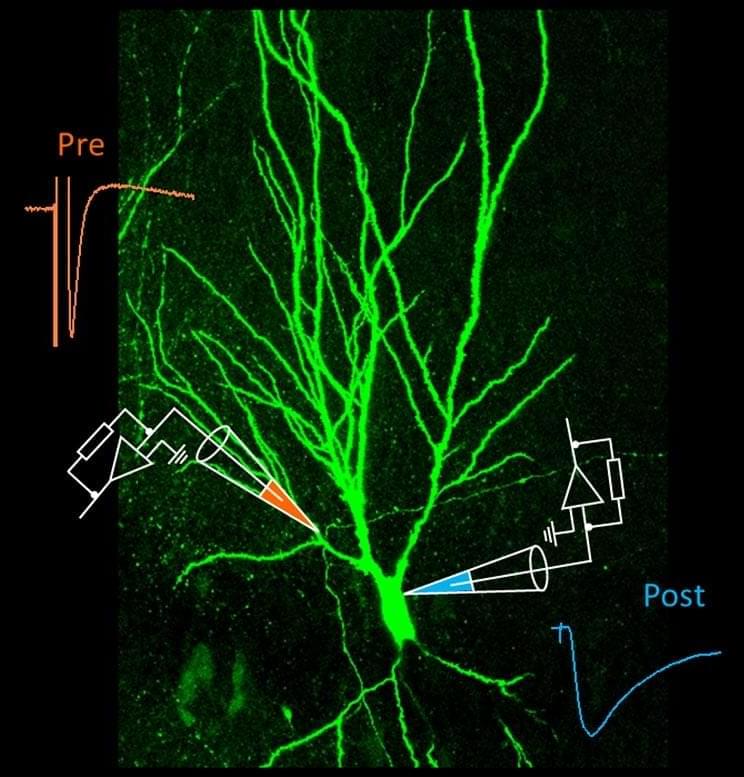
Synaptic Transmission: Not a One-Way Street for Key Brain Synapse in the Hippocampus
Key synapse acts as a “smart teacher,” sending messages against the usual flow of information in the brain.
Information flows in a well-defined direction in the brain: Chemical and electrical signals are passed from one neuron to the other across the synapse, from the pre-synaptic to the post-synaptic neuron. Now, Peter Jonas and his group at the Institute of Science and Technology Austria (IST Austria) show that information also travels in the opposite direction at a key synapse in the hippocampus, the brain region responsible for learning and memory.
At the so-called mossy fiber synapse, the post-synaptic CA3 neuron influences how the pre-synaptic neuron, the so-called mossy fiber neuron, fires. “We have shown, for the first time, that a retrograde information flow is physiologically relevant for pre-synaptic plasticity,” says Yuji Okamoto, a postdoc in the group of Peter Jonas at IST Austria and co-first author of the paper published in Nature Communications.
